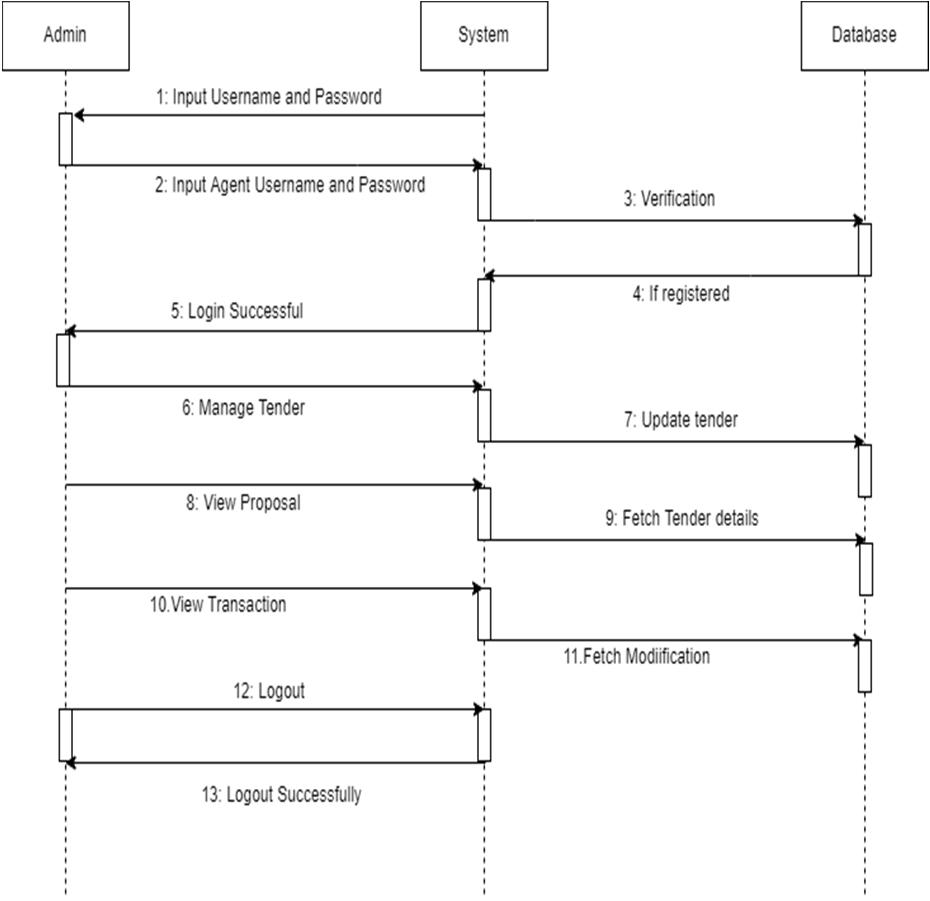
2 minute read
International for Research in Applied Science & Engineering Technology (IJRASET)

ISSN: 2321-9653; IC Value: 45.98; SJ Impact Factor: 7.538
Advertisement
Volume 11 Issue III Mar 2023- Available at www.ijraset.com
II. LITERATURE REVIEW
A tendering organization will create a tender as a smartcontract and place it on the block-chain. The smart contractwill include the certified public key of the tendering organization along with bid evaluation code. A prospectivebidder can download the tender from the block-chain. Therespective bidder reviews the tender and consider the tendering specification and make a bid proposal, then the bidder generates a bid in response to the tender (smart contract). The actual bid is encrypted by the bidder’s generated symmetric key (bid key: Hash). The symmetric key is then encrypted by the public key of tendering organization: (Hash). Half of the (Hash) is included as part of the submission and the second half would be communicated to the tendering organization at the tender submission deadline. The bidder will push the bid as a smart contract to the block-chain. The bid is signed by thebidder’s certified signature key. This key is certified by thetendering organization when the bidder register as an authorized bidding company, a process out of the actual tender opening and allocation process. When the deadline for bid submission expires, the smartcontract on theblock-chain stopsacceptingnewbids. Thetenderingorganizationcan download thesubmitted bids, and theycan decrypt thebids if they have full (Hash). At the tender closing date, tendering organization will run the evaluation code and select the best bid. The result of the evaluation is pushed tothe block-chain. At this stage, the tendering organization can make (Hash) of all bidders public on the block-chain. The illustration of the working concept of the block-chainmodel for procurement is illustrated in figure 1 below. Thetender organization will push the results of the bid evaluations along with bidder’s keys to the block-chain. This information is crucial for independent auditing of thetendering process. Interested parties can access the tender details from the block-chain (where this data will reside in perpetuity) along with the bid evaluation code. Interested parties can download the tender contract that contains the code for bid evaluation criteria. Interested parties just haveto run the evaluation code that will read the bids from the block and evaluation them. The results of the evaluation will show whether the bidding process was fair (auditing tender allocation to the stated best bidder).
III. METHODOLOGY
A tender will be created by a tendering organization as asmart contract and uploaded to the blockchain. The smart contract will include the certified public key of the tenderingorganization along with bid evaluation code. A potentialbidder can download the tender from the blockchain. The respective bidder analyzes the tender, considers the tenderingspecifications, and submits a bid proposal, after which the bidder creates a bid in response to the tender (smart contract).The actual bid is encrypted by the bidder’s generated symmetric key (bid key: Hash). The symmetric key is then encrypted by the public key of the tendering organization: (Hash). The first half of the (Hash) is part of the submission,and the second half will be provided to the tendering organization by the deadline for tender submission. The bidder will submit the bid to the block-chain as a smart contract. By using their certified signature key, the bidder signs the offer.



